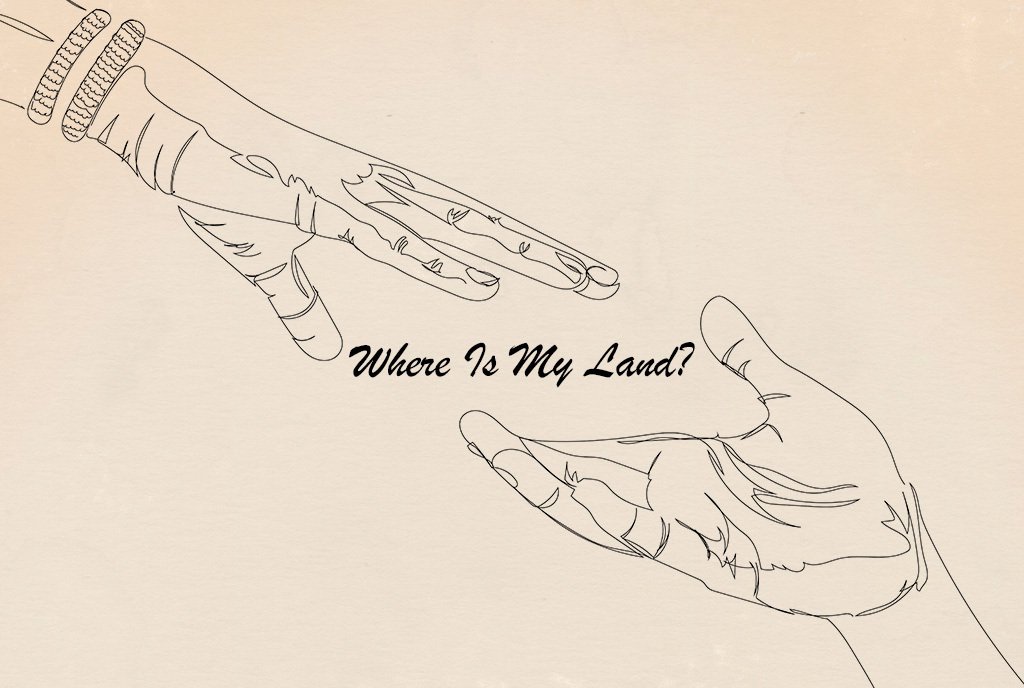We might have missed it, but supposedly the recession is over and the economy is on the upswing, albeit shakily. Some of the coverage of the Giving USA 2011 release suggested that the tiny uptick in charitable giving in 2010 was in and of itself a sign that the recovery was underway. Somehow, the evidence of the recovery, much like the purported revival of America’s charitable giving, feels ephemeral.
Explain the economic recovery to the more than 9 percent of the U.S. workforce that is still unemployed – 8.0 percent of whites, but 11.9 percent of Hispanics and 16.2 percent of African-Americans as of May 2011, according to the Bureau of Labor Statistics. Explain it to the number of people who are classified as “long-term unemployed,” that is, unemployed for over 27 weeks –increasing to 6.2 million people in May, accounting for more than 45 percent of all unemployed persons.
Add up the numbers: 13.9 million people unemployed, another 8.5 million involuntarily working part-time because they can’t find full-time work or their hours were cut, and another 2.2 million considered “marginally attached to the labor force” because they wanted work and had looked for work in the past 12 months but hadn’t looked for work in the 4 weeks prior to the BLS survey (including “discouraged workers” who have simply given up looking).
There may be a recovery working for Wall Street and for corporate profit margins and for investment banker salaries, but it’s not trickling down to the middle class and poor who in the aggregate aren’t benefiting from the economic rebound.
The same is occurring in charitable giving. Some nonprofit subsectors such as colleges, k-12 education, even the arts and museums, are seeing a charitable giving uptick. But the nonprofits that serve the poor, the human services providers, grassroots groups, the ones not connected to the club of large donors with family foundations and charitable bequests, are falling behind. As with the economy, there’s a class divide emerging and hardening, between the nonprofit winners who are doing as well as might be possible in these turbulent times, and those who are falling behind in the scrum for donations. It’s not simply a matter of money begets money, but connections – membership in the “club” – that leads to access to increasing amounts of charitable largesse even in a recession.
But the class divide in charitable giving is largely missing in the reactions of many fundraising experts commenting on this year’s Giving USA news release, based on this sampling of initial news coverage, some of it feeling a little more boosterism from fundraising consultants rather than gimlet-eyed readings by human services or grassroots nonprofits on the front lines of serving the poor:
• Eric Kessler, Arabella Philanthropic Investment Advisors: To the Washington Post, the minor uptick in charitable giving reported by Giving USA constituted a “signal” that the economy was on the “rebound.” Kessler pronounced, “giving’s back,” and added, “Philanthropists are feeling more comfortable with the economy.” For Kessler and the donors of the half billion in assets that Arabella manages, they “feel more comfortable now that the recession is over and [have] decided to try new things.”
• Thomas Mesaros, chair of Giving Institute: “People are still pretty generous . . . The good news, and let’s celebrate this, is that it did bottom out and now it’s returning,” said Thomas Mesaros. Mesaros later called for nonprofits to be “creative” in “rousing donor enthusiasm.”
• George Ruotolo, Ruotolo Associates, Cresskill, New Jersey: “While we want to celebrate what happened last year based on what we now know happened in 2009 and 2008, we still realize the challenge before us,” Ruotolo says, but he pointed out that donors are more “bullish” about their giving due to the upturn in the markets.
• Wendy McGrady, The Curtis Group, Virginia Beach, Virginia: “I think it’s a reason for hope,” said Wendy McGrady, vice president of The Curtis Group, a fundraising consultant based in Virginia Beach. “It’s a modest gain, but from where we’ve been in this economy, it’s a step in the right direction . . . If you ask nonprofits, I believe they would say, ‘We’re still digging out, but the signs are positive.’”
Sign up for our free newsletters
Subscribe to NPQ's newsletters to have our top stories delivered directly to your inbox.
By signing up, you agree to our privacy policy and terms of use, and to receive messages from NPQ and our partners.
• Jeffrey Byrne & Associates, Kansas City, Missouri: “Without any significant measurable increase in home values, employment rates or their IRAs, Americans still managed to donate $10.59 billion more to charitable organizations than they did in 2009 . . . Though the amount is a modest increase in comparison to pre-2007 figures, it is an increase nonetheless and encouraging considering so many Kansas City households are still waiting for their own signs of recovery,” Byrne said.
Giving USA | Click Here to watch live the Giving USA panel discussion and participate in a live chat. >>
Perhaps that kind of optimism is de rigueur for many fundraising consultants, but some observers recognize that in the economy and within charity and philanthropy, it is a tale of two cities.
• Eileen Heisman of the National Philanthropic Trust: “Americans have this incredible philanthropic impulse that doesn’t seem to be going away any time soon. With the partial recovery that we’ve experienced, we’ve seen a real increase in our funds the last couple of years,” Heisman said. She recognizes, however, the limitations in who gets to participate in that “real increase”: “Private philanthropy is not a redistribution of the wealth, it’s people making very personal decisions about where their philanthropic dollars should go. I call it social capital. You get wealth going to what people know, are familiar with and are asked to give to. If [grassroots] organizations had access to wealthy donors the way large university endowments do, could they make the case for funds? Yes, but that access point gets very difficult.”
• Claire Costello, Bank of America Philanthropic Management: Costello called the increase in charitable giving “heartening” but told the Wall Street Journal that, as the Journal put it, “it isn’t likely to be sufficient to meet the heightened demand for the services of nonprofit organizations resulting from the recession.”
• Kim Damion, Manna Food Center, Gaithersburg, Maryland: “We’re still at a record high [in terms of need], and that’s what folks don’t understand . . . I think the community has been very responsive when they feel it’s a crisis . . . but they are starting to think this is the ‘new normal’ and to retreat back to old giving patterns. For us that can be problematic. The lines have not become shorter at the food bank,” Damion said.
• Marcia Stein, Citymeals-on-Wheels, New York City: The most recent Citymeals “Taste of Home” fundraiser at Rockefeller Center brought in $782,000, better than the $684,000 number in 2010, but less than the $1 million or more annually that these events raised before the collapse of Lehman Brothers Holdings. “Some of those donors have come back, but we lost a lot of people,” Stein told Bloomberg News
Even a high-end human service group like Citymeals, able to schedule fundraisers at Rockefeller Center, is still down a third from pre-recession numbers, and as a food program, undoubtedly facing escalating service demands. Perhaps there’s an economic recovery occurring someplace for some classes of organizations and people, but not for the nonprofits that confront the daily human service needs of the people most severely impacted by the recession that for them is something of a new normal.












